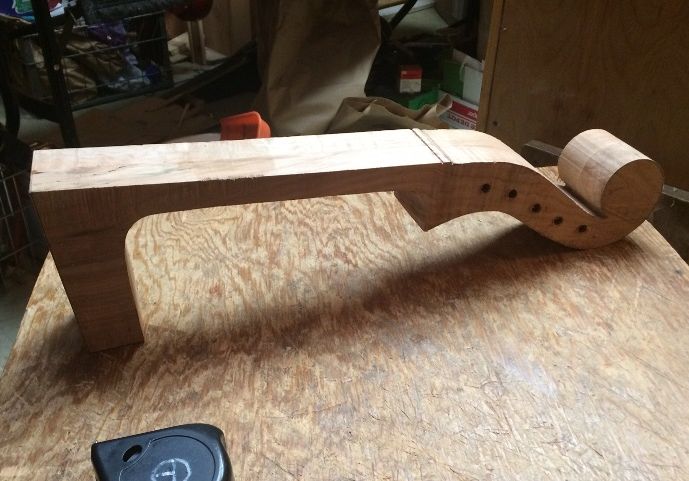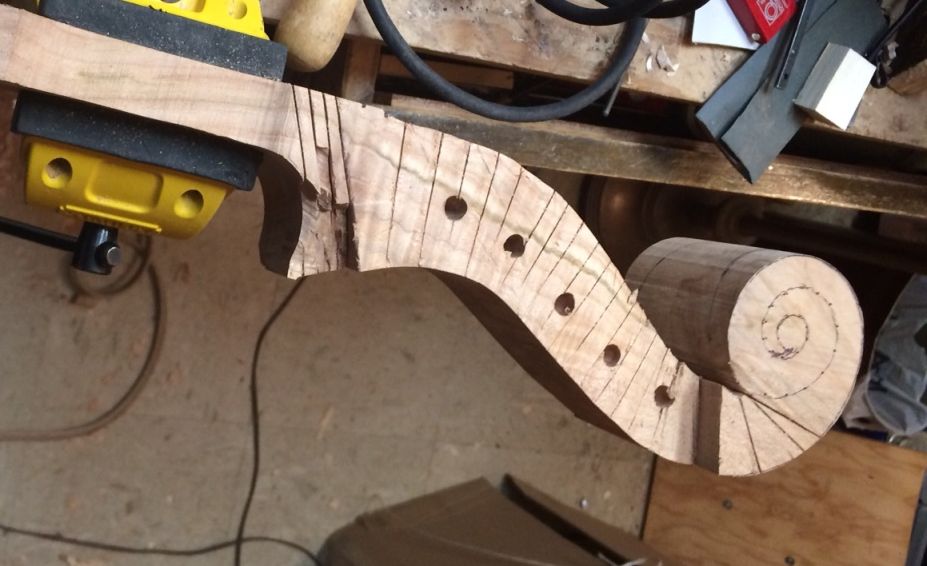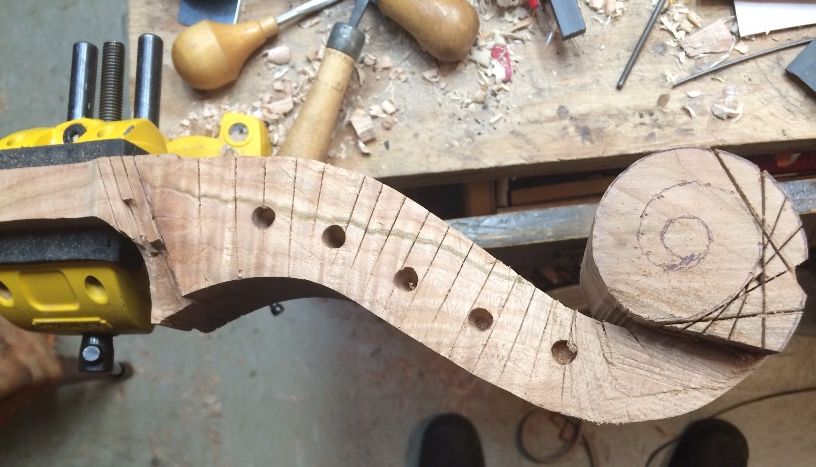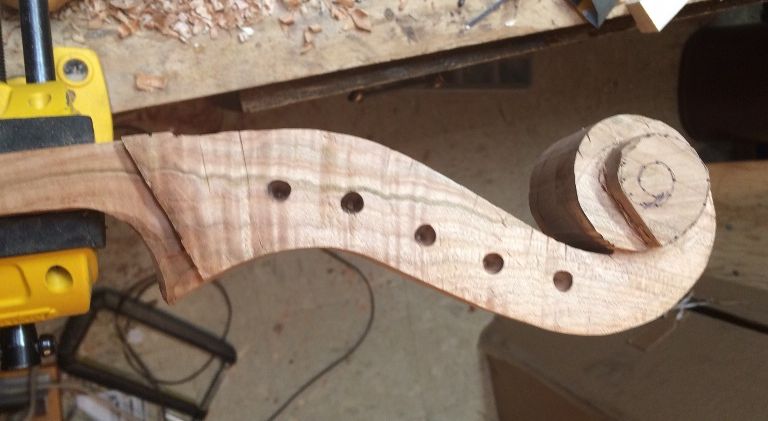A Call From an “Unknown Person”
This sort of thing has happened often enough that I ought to not be surprised: I get a call from some unfamiliar place, and I automatically suppose it to be “spam” of some sort, since I do get a lot of unsolicited calls trying to sell me something or another.
But then the caller says they are looking for a five-string fiddle, and the game changes instantly! I have to mentally “change gears,” pretty quickly. (No complaints! That is a nice surprise, when it happens.)
Call from Alaska
Ann and I were out walking, in January, just trying to get the exercise we need. We live on the very top of a steep hill, and we were walking back up that steep hill, toward home. We had maybe a third of a mile left to go, when my cell phone rang.
I saw that the call originated in Anchorage, Alaska! Ironically, I do have a cousin in Anchorage, but it was unlikely to be him. I commented to Ann, “It’s probably spam…” and I answered the phone.
The woman identified herself immediately: she stated that she was looking for a five-string fiddle for her eleven-year-old son. Evidently he is an up-and-coming fiddler, and wanted a 5-string fiddle.
(Cool!) But I really don’t recomend buying a $6,000 instrument for a beginner who may change his mind in a year or less. So I cautioned her that these hand-made fiddles may not be appropriate for an 11-year-old.
I suggested that I buy a “fiddle in-the-white” (woodwork completed, but just bare wood, unfinished, and not set up) and complete that for her. In that way, I could provide an instrument at one third the cost of handmade. She immediately agreed: that is exactly what she wanted. I offered to call her back for more details after we arrived home and she agreed to that as well. So, we sealed the deal by telephone, and I began the work.
“Atelier Chez Les Evêques” Fiddles
Usually, this means beginning with a white instrument, checking all measurements and the resonance of the corpus, and then going ahead with varnishing. Since I am not making these instruments, but only completing someone else’s work, I do not put my label in them but rather my “house-brand” label (which only means “From the shop at the Bishops’ place.”)
But, sadly, for this example, I neglected to take any pictures until late in the varnishing process.
So, about February 1st, I sent the lady this photo of just the back, letting her know I was working on it. She had made plans to come to my area in April in regard to a different project, anyway, so I had plenty of time to make delivery.
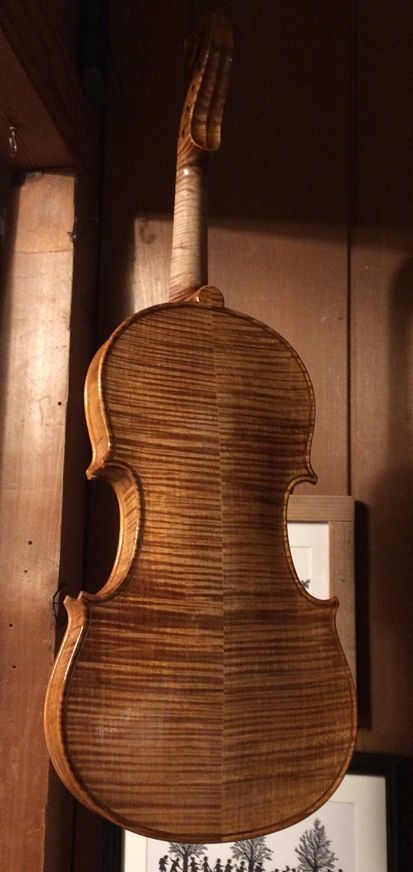
She was quite happy with the look, so I continued without further photos until it was done.
Then I sent these:
.jpg)
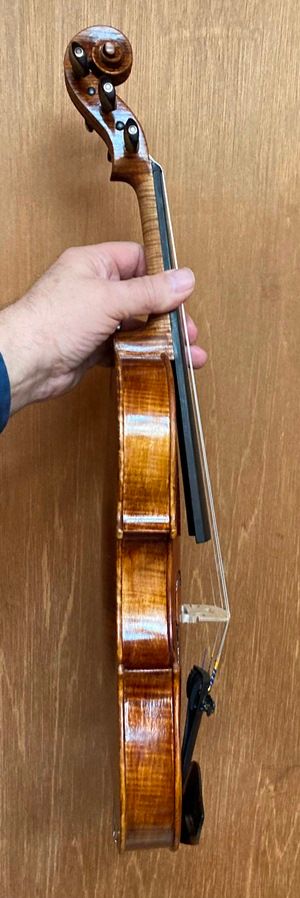
.jpg)
The customer was quite happy, so I hung the fiddle up in my dining room to continue drying while I waited for her to arrive in my area.

Now the little fiddle is back in Alaska and being played. Everyone is pleased with it, including the young fiddler.
She sent me a video of the youngster playing “The Road to Lisdoonvarna” and he sounded pretty good! I hope he becomes a hugely successful fiddler and needs a handmade fiddle someday! 🙂
Thanks for looking!

